Reportar esta entrada
Más sobre la misma comunidad-colección
Semana de Prevención de Incendios en Academia Loretto
Students at Loretto Academy put on a presentation in ...
Producción de Little Women (Mujercitas) en la Academia Loretto
Girls from Loretto Academy put on an production of Louisa May ...
Producción de la Academia Loretto - Little Women (Mujercitas)
Girls from Loretto Academy put on an production of Louisa May ...
Programa del The Wizard of Oz (El Mago de Oz) de la Academia Loretto
The original 1958 Program of the Wizard of Oz production put on ...
Producción de la Academia Loretto - The Wizard of Oz (El Mago de Oz)
Loretto Academy's Production of The Wizard of Oz in 1958.
Estudiantes de Loretto afuera en la nieve
Loretto Academy students enjoying some winter fun out in the ...
Academia Loretto Primero de Mayo década de los 1950
Since the 18th century, many Roman Catholics have observed May ...
Coronación de la Reina del Primero de mayo - década de los 1950
Girls crowning the Blessed Virgin Mary as the May Queen in ...
Construcción del Edificio Hilton-Young en la década de 1950
Construction of the building dedicated by Conrad Hilton and Sam ...
Coronación de la Reina del Primero de mayo - década de los 1950
Loretto Academy girls adorning the Blessed Virgin Mary in ...
Bailarinas Guadalupe - 11 de diciembre 1965
Guadalupe Dancers December 11, 1965 outside of Loretto from a ...
Fire engine weel from the 1918 fire engine
A new type of art called old/new Picasa. The fire engine weel ...

















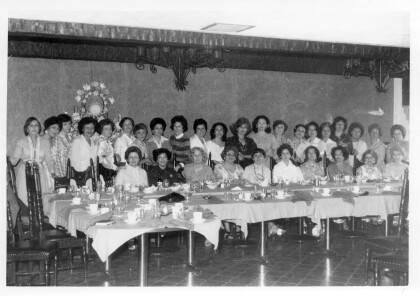
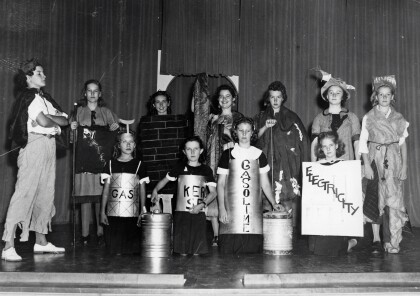
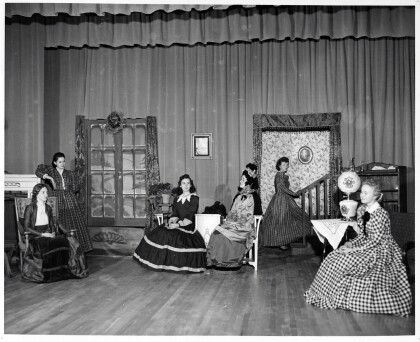
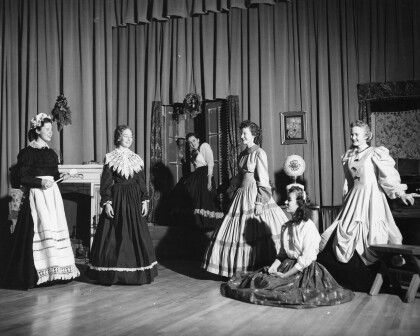
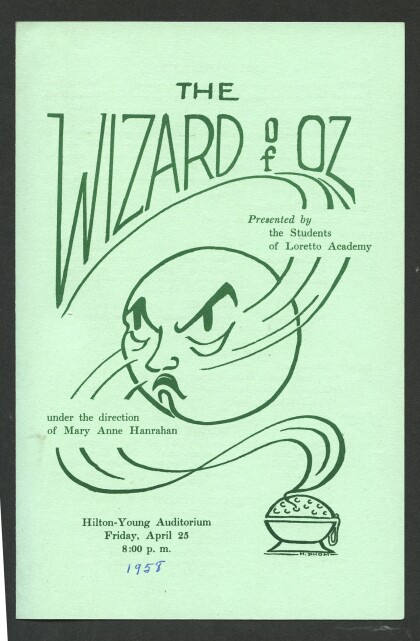
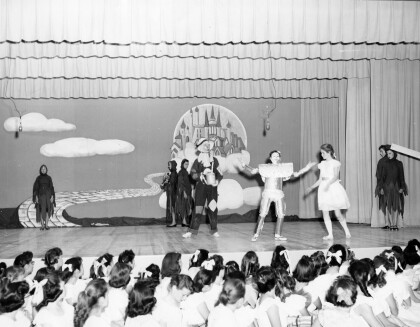
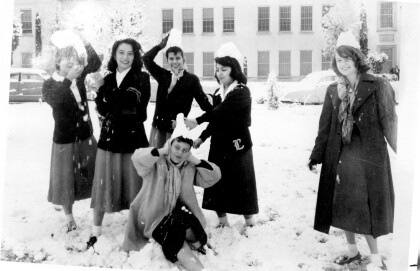
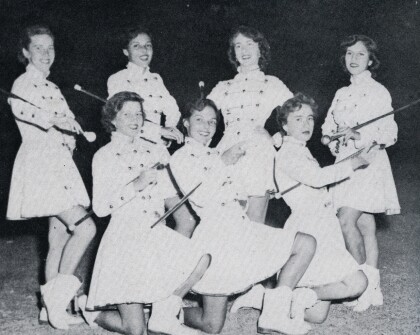
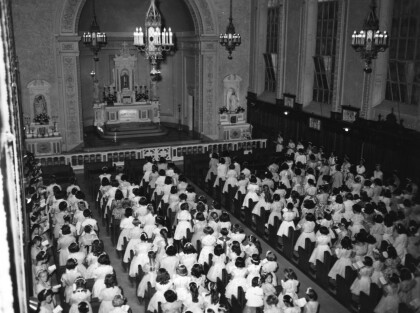
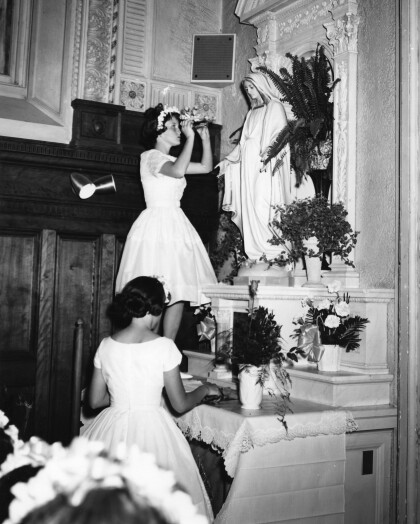
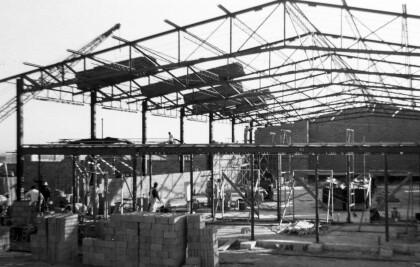
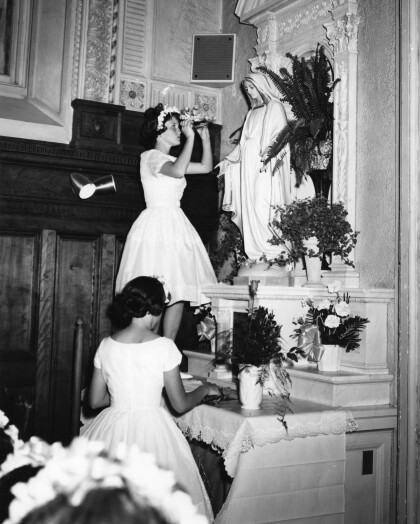
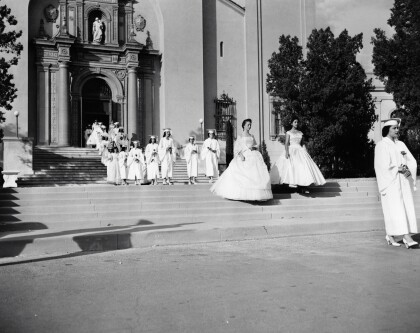
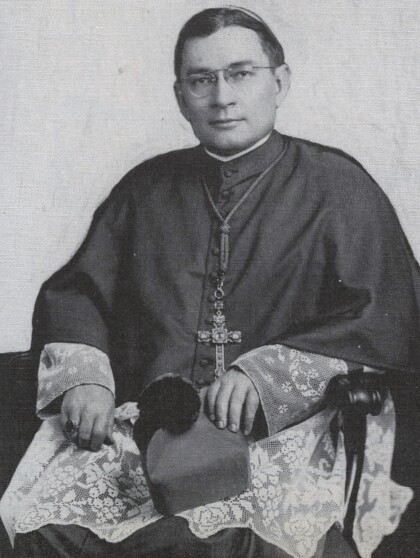
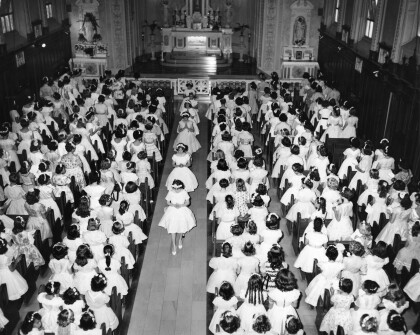
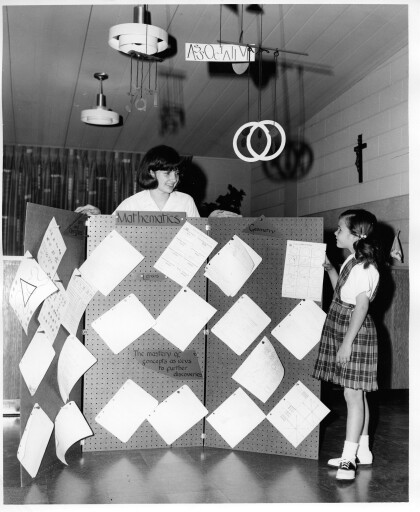
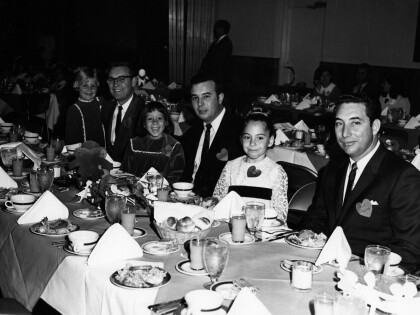
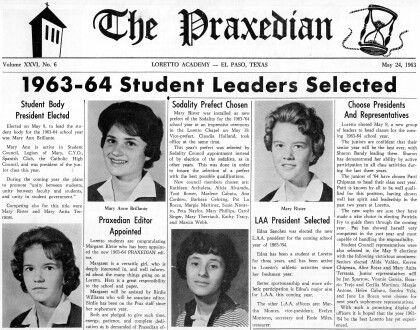
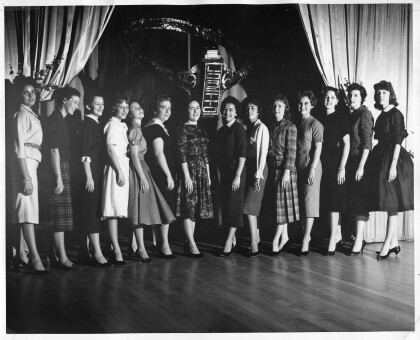
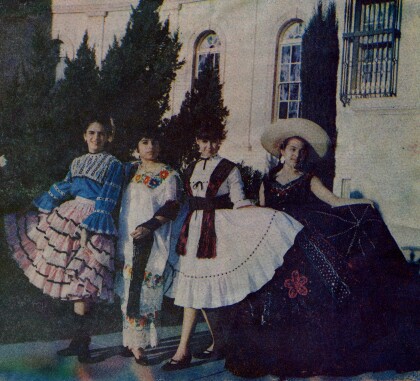
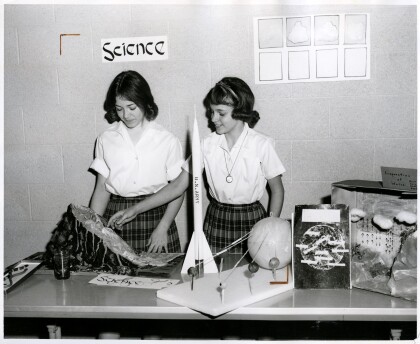
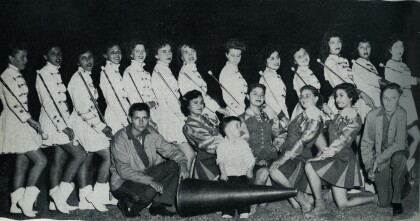
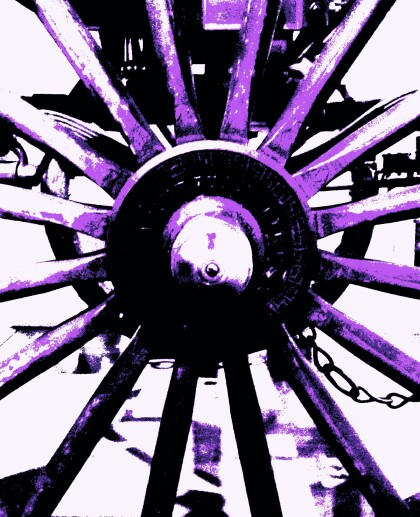
Comentarios
Hacer un comentario